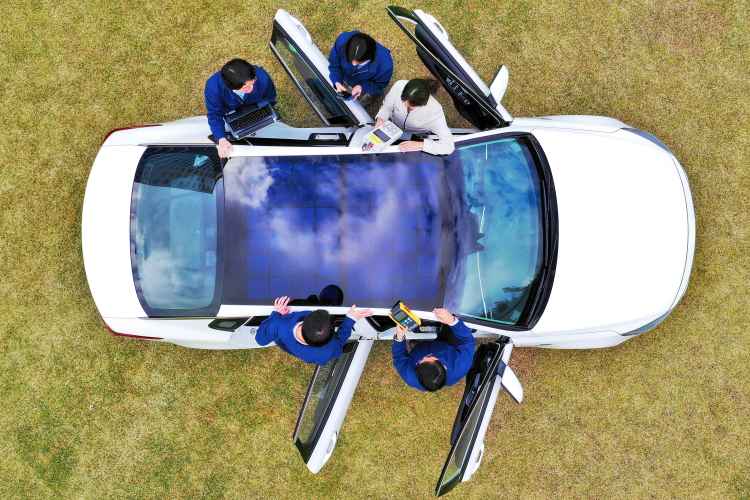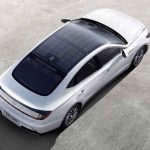Hyundai launches first car with solar roof charging system
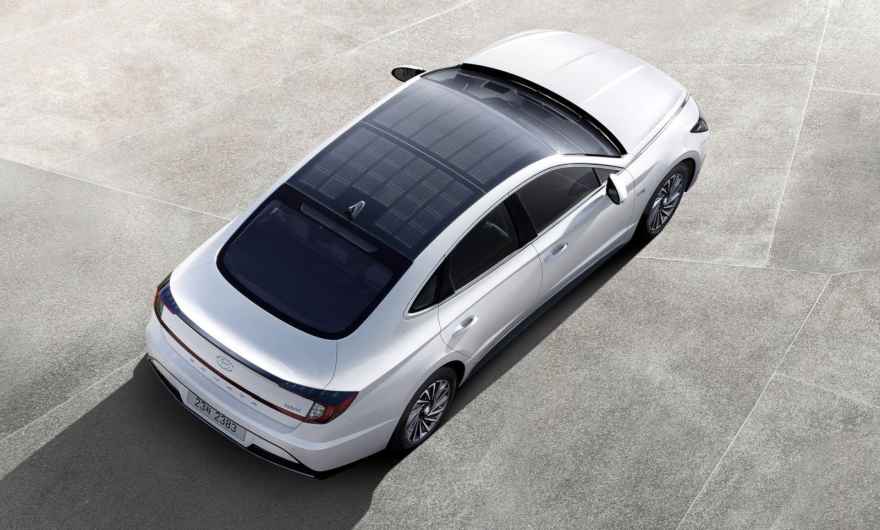
We really dropped the ball on this one. Back in August, Hyundai Motor Company announced the launch of its first ever car with a solar roof charging system. The company claimed the groundbreaking eco-friendly technology will provide vehicles with additional electrical power, as well as increasing fuel efficiency and driving range.
According to the announcement, the South Korean car manufacturer said the technology would be used on the latest version of its New Sonata Hybrid and then introduced to other vehicles over the coming years. The system supports the vehicle’s electric power source, improving fuel efficiency and reducing CO2 emissions.
“The solar roof system includes a structure of silicon solar panels that are mounted on the car’s roof. Being able to charge even while driving, the solar roof system can charge 30 to 60 per cent of the battery per day. With 6 hours of daily charging, it is expected to increase drivers’ travel distance by an extra 1,300 km annually,” the company said.
The system is composed of a solar panel and a controller. Electricity is produced when solar energy activates the solar panel’s surface, which converts this energy by using photons of light from the sun. This creates the electron-hole pairs in silicon cells, which generate solar electricity.
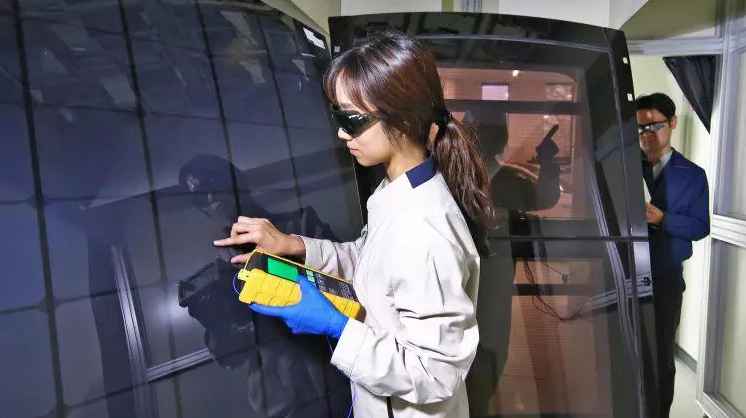
Hyundai and Kia say solar charging systems will help vehicles reduce CO2 emissions. Photo: Hyundai Motor Group.
The electricity from this process is converted to the standard voltage by the controller, then stored in the battery. Hyundai Motor took not only efficiency but also design into account while developing the solar charging system. While the solar roof system currently plays a supporting role, it opens up perspectives for vehicles no longer need fossil fuel to operate.
The New Sonata Hybrid is equipped with the world’s first Active Shift Control (ASC) technology and solar roof charging system. It boasts a hybrid-exclusive design with enhanced dynamic elements, as well as a Smartstream G2.0 GDi HEV engine and 6-speed hybrid transmission. According to the announcement, Hyundai’s new model of solar roof charging system, also supports a ‘Digital Key’ function via a dedicated smartphone app.
The New Sonata is now on sale in Korea and will soon be sold in North America. Hyundai currently has no plans to expand sales of this model to the European market.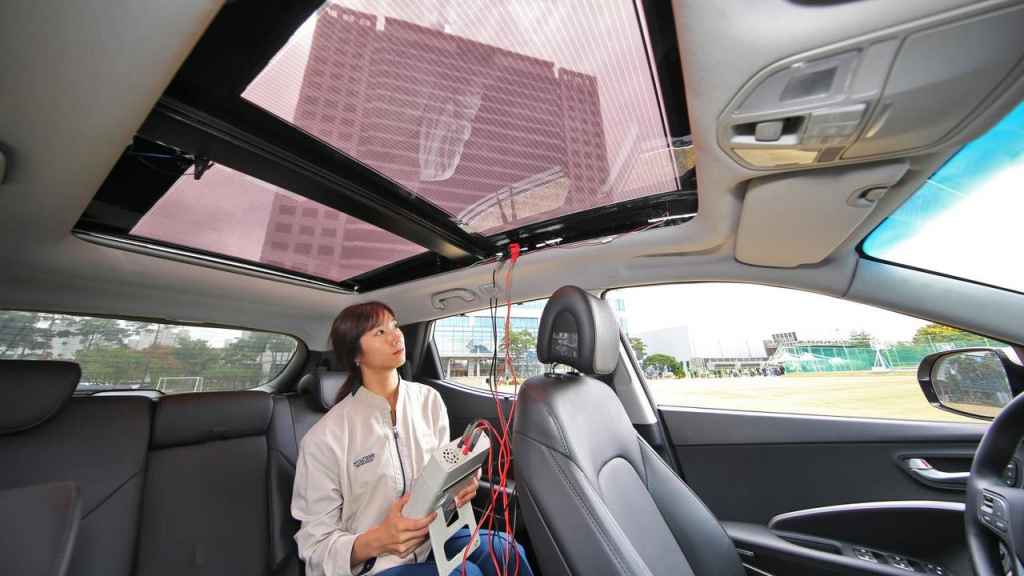 Back in 2018, Hyundai Motor Group announced it was developing three types of solar roof charging systems: The first-generation silicon solar roof system, the second-generation semi-transparent solar roof system, and the third-generation lightweight solar-lid on the vehicle’s body.
Back in 2018, Hyundai Motor Group announced it was developing three types of solar roof charging systems: The first-generation silicon solar roof system, the second-generation semi-transparent solar roof system, and the third-generation lightweight solar-lid on the vehicle’s body.
The first-generation solar roof system, which will be applied to hybrid models, includes a structure of mass-produced silicon solar panels that are mounted on an ordinary roof. This system can charge 30 to 60 percent of the battery per day, depending on the weather condition and the environment.
The second-generation semi-transparent solar roof system will be applied to vehicles with internal combustion engines, for the first time in the world. Differentiated from the first-generation system, the second-generation system provides transmissive panel options, also satisfying consumers who desire a sense of openness. The semi-transparent solar panels are applied to a panoramic sunroof, maintaining transparency whilst charging an electric vehicle’s battery or an additional battery mounted on an internal combustion engine vehicle.
Applying solar charging systems to internal combustion engine vehicles will contribute to the increase in vehicle exports, by enabling vehicles to adhere to global-scale environmental laws that regulate CO2 emissions.
The third-generation lightweight solar-lid system, currently in the process of pilot study for applying to eco-friendly vehicle models, includes a structure that mounts solar panels on a bonnet and roof combined, in order to maximize energy output.